Battle of the Best: iPhone 14 vs. Samsung Galaxy S23
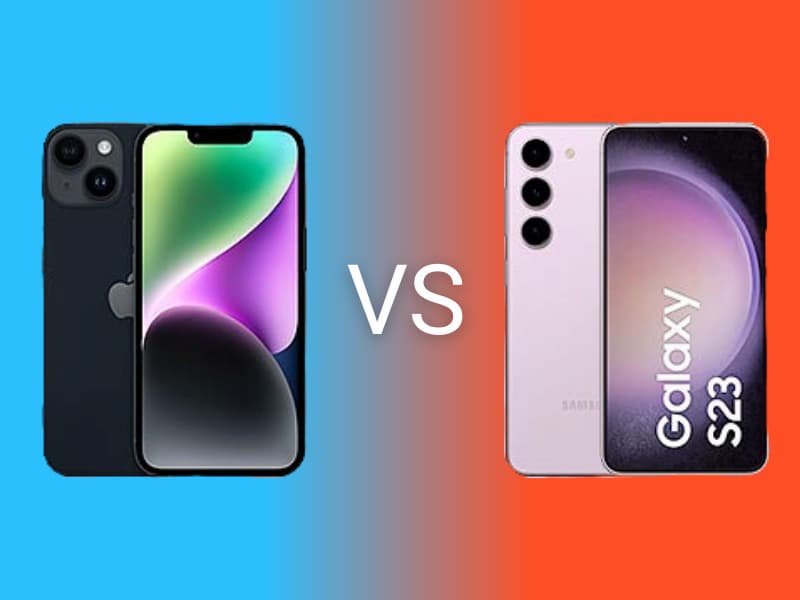
In the current world of smartphones, two major contenders consistently vie for the top spot – the iPhone 14 and the Samsung Galaxy S23. As experts in all things smartphones, we’ll painstakingly dissect the features of these two technological titans, pointing out their strengths and weaknesses.
This isn’t just a battle of brands; it’s an evaluation of how these devices cater to the needs of modern, eco-conscious mobile users. By delving into these intricacies, we’re determining the ultimate winner and helping our readers make informed decisions when upgrading and sending their old devices for our mobile phone recycling. There’s no messing around; let’s get straight to it.
Best graphics for games and movies?
The iPhone 14 features a pretty good 6.1-inch OLED display. This offers incredible image quality and is the best to ensure your device remains lightweight while providing high-quality detail, whether watching films or playing games while commuting to work. However, Samsung has one-upped Apple’s iPhone 14 and introduced its S23 to the impressive technology of AMOLED displays.
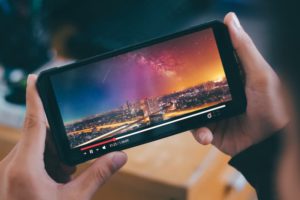
What is AMOLED display technology? AMOLED screens utilise all that is great with an OLED display but with an additional semiconductor material layer. This layer, called the Active Matrix (i.e. the AM in AMOLED), increases the device’s functionality. In AMOLED displays, the Active Matrix technology allows for faster pixel response times, refresh rates, and more precise control over each pixel. This makes it the optimum screen for a smartphone and allows a 120Hz refresh rate compared to iPhone 14’s 60Hz.
Which device is the new Duracell Bunny?
How long your phone will last has got to be a number one priority when considering a new phone, and if you are looking for the best of the two, it has to be Samsung S23, without a doubt. A recent test conducted by Tom’s Guide found that Samsung’s Galaxy S23 certainly outlasts the iPhone 14 in battery life.

Continuous web browsing tests reveal the Galaxy S23 provides 10 hours and 27 minutes of usage in adaptive mode, extending to 11 hours and 20 minutes when switching to a 60Hz display setting. In contrast, iPhone 14 withstands for 9 hours, 28 minutes. This suggests an additional 1 – 2 hours of battery life with the Galaxy S23, dependent on display settings. So, if you’re a free spirit who likes to worry more about where your adventures will take you next and not when you can find the next plug socket, Samsung can give you that extra hour you may need.
Which is the snappiest phone of them all?
We all love snapping shots on our phones – be it cosy indoor spaces or wide outdoor landscapes. Now, this is where the cameras on your device come into play. Take the iPhone 14, for instance – it’s got a trio of 12MP cameras, one each for main, ultrawide, and selfie shots. It may not have climbed to the 48MP that the iPhone 14 Pro sports, but it has charm! One cool aspect is the Photonic Engine processing – a new iPhone feature that takes your low-light photography to the next level. Plus, you’ve got autofocus for those fabulous selfies and a larger main sensor with a bigger aperture.

But let’s not forget the Samsung Galaxy S23. Like every other flagship phone from the Samsung Galaxy S range, it provides some of the best photo quality available. With a pretty impressive 50 MP main camera, few phones aside from the Samsung S23 Ultra can easily compete with Samsung’s detailed telescopic images and the ability to capture those stunning landscapes. So, if you want to trade in your iPhone 14 to swap it for a Samsung S23, we wouldn’t blame you.
Which device can hold all the cards?
Well, none. The ability to take external memory cards has become something of the past for smartphones. So, which phone offers the best storage? It’s all good and well taking those incredible pictures for your Instagram, but how much your phone can store is essential to being able to save every TikTok and Reel. Most smartphones usually offer a standard of 128GB and 256GB; however, the iPhone 14 can come with an impressive 512GB with an additional 5GB in the iCloud for free. Even if this doesn’t quite cut it for all those stunning selfies, don’t worry. You can upgrade to 50GB for as little as £0.79 per month.

So, how does the S23 match the impressive options from Apple? Well, it can offer the exact same built-in storage options as the iPhone giant. Unlike Apple, however, no clear cloud-based system manufactured by Samsung directly allows you to save any excess photos or videos. Instead of trying to do what has already been perfected, Samsung devices seamlessly integrate your storage needs with OneDrive. Many also choose Google’s online storage as it also helps with your Gmail account storage, and for £15.99 per year, you can store up to 100 GB, which means you can back up your phone without a second thought about memory.
Juicing up your phone
Whilst the battery life is all-important, how quickly you can go from nothing to 100% is something else to consider when looking for a new phone. Samsung hit all the right spots not so long ago in the smartphone market with the introduction of fast-charging plugs. We have all been there, checking the side of the white plug for that lightning symbol. However, more recently, Samsung phones have been coming with cable alone and no plug in sight. This move is industry-wide to help minimise the waste produced in the electronics industry. Plus, the plug was often no longer needed, with more phones offering wireless charging.
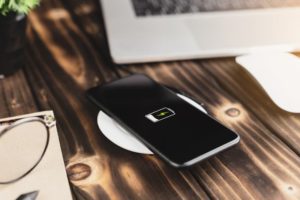
Wireless charging, fast charging, reverse charging. These charging options are all good, but how quickly does this get you from 0% to 100% on each phone? According to guide by 9to5Mac, using a 30-watt USB-C charger with a Lightning to USB-C cable is the fastest way to charge your iPhone 14. With this setup, you can go from 0% to 50% charge in about half an hour with fast charging and from 0% to 100% in about two hours. In comparison, the Samsung S23 should take over 65 minutes for a full charge using the fastest supported wired charger, which is 25W.
So, which is the best phone?
The decision on which phone is best comes back to the age-old argument of Android vs. Apple. If you’re an iPhone user, the chances are you have always been one, and the conversion from Apple products will complicate more than just swapping a phone. From Macs and Apple watches to Apple TVs and iPad, the ability to synchronise all your gadgets together for seamless interaction is one thing that makes Apple such a great product. Although Samsung has tried, there’s something exclusive about iCloud that not many other brands have managed to develop as successfully (although Google is getting there). You could consider selling all your Apple products with the likes of our iPad trade-ins, but we know you won’t.
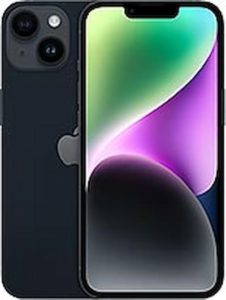
However, if you are looking for a fresh start and are ready to upgrade to a better phone on paper, The clear overall winner is the Samsung Galaxy S23. It uses more advanced features, including the camera capability for those all-important memories. Whether you’re an Apple user looking to make the biggest switch in your smart device life or an Android user looking for an upgrade, we don’t judge at Mazuma.
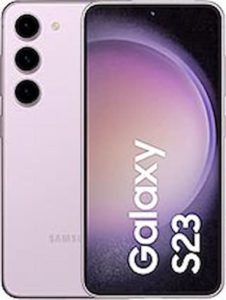
Upgrade, sell and buy with Mazuma
Using our “Sell My Mobile” services, you can get a great deal on any mobile device, helping get you closer to buying the phone you deserve. Even if you want to trade in your Samsung Galaxy S23, we are here to help. As far as we’re concerned with recycling your phone, no matter what led you to that decision, you are making an excellent choice in choosing Mazuma Mobile for all your tech recycling needs.
But wait, we don’t just stop there!
Yes, you can trade in your iPhone, but you can also buy some of the latest tech from Mazuma. As part of our mission to save every phone from landfill, we offer a range of refurbished devices that look as good as new. At Mazuma, we don’t just look after the old; we can help you find the new. Take a look today!

